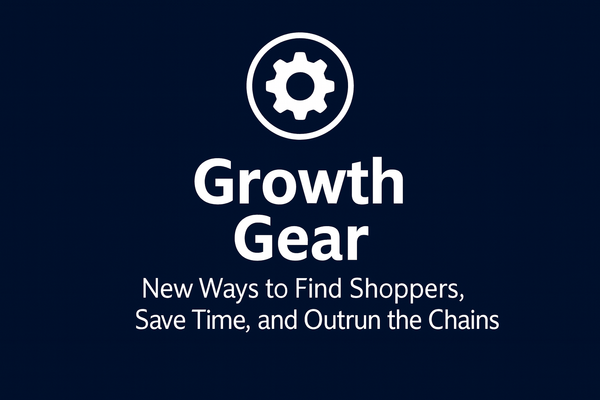How to Manage Payroll Costs Across Multiple Convenience Stores
Payroll is one of the biggest controllable expenses in convenience store districts. District managers must align labor with sales demand, control overtime through smart scheduling, and coach store managers on payroll accountability rather than simply cutting hours.

Payroll is one of the biggest controllable expenses in a convenience store district. When it gets out of line, profitability suffers fast. District managers who know how to manage payroll across multiple locations protect margins while still ensuring stores are staffed to serve customers.
Done right, payroll management is less about cutting hours and more about aligning labor to demand, coaching managers, and creating consistency across the district.
Why Payroll Management Matters
Strong district managers treat payroll as both a cost and an investment. The right labor strategy ensures stores run smoothly, customers are served quickly, and profits are protected.
💭 What District Managers Are Thinking:
- “Some of my stores are always over in payroll, while others hit their target every month.”
- “Cutting labor makes the numbers look good, but it hurts service if I push too far.”
- “I feel like payroll surprises me more often than it should.”
Step 1: Review Payroll Performance by Store
The first step is visibility. Compare payroll spend across stores weekly. Look at:
- Labor percentage of sales
- Overtime hours by store
- Variance between scheduled vs. actual hours
Spot patterns early so you can coach managers before problems compound.
💭 What District Managers Are Thinking:
- “Which stores are trending high on overtime, and why?”
- “I wish I could see payroll variances in real time instead of at the end of the month.”
Step 2: Align Labor With Sales Demand
Overstaffing during slow shifts eats payroll. Understaffing during peak times kills service. Use sales reports to identify patterns by day and hour, then guide managers to align schedules accordingly.
💭 What District Managers Are Thinking:
- “Some managers just schedule based on availability, not demand.”
- “I know weekend traffic is different, but are we really staffing to match it?”
Step 3: Control Overtime
Overtime adds up quickly across multiple stores. Encourage managers to:
- Plan schedules two weeks in advance
- Cross-train employees so shifts are covered without defaulting to the same people
- Share labor across stores when possible
💭 What District Managers Are Thinking:
- “Why does the same store always show overtime while others manage without it?”
- “If we had better cross-training, we wouldn’t rely on the same two people every time.”
Step 4: Coach Managers on Payroll Accountability
Payroll is not just a district-level problem — it is won or lost at the store level. Review payroll targets with each store manager, show them where they stand, and give them clear, actionable feedback.
💭 What District Managers Are Thinking:
- “Some of my managers avoid payroll conversations because they don’t understand the reports.”
- “How do I make this less intimidating so managers can actually manage it?”
Step 5: Standardize Reporting and Follow-Up
Create a simple district-wide process for reviewing payroll and labor controls. Weekly reports and monthly reviews ensure accountability and give you a consistent picture across all stores.
💭 What District Managers Are Thinking:
- “It feels like I’m putting out fires instead of preventing them.”
- “If we all used the same report format, it would be easier to compare stores.”
The Bottom Line
Managing payroll across multiple convenience stores is about consistency, visibility, and coaching. When district managers take control of the numbers, align labor with sales, and build accountability, payroll shifts from being a headache to a competitive advantage.





